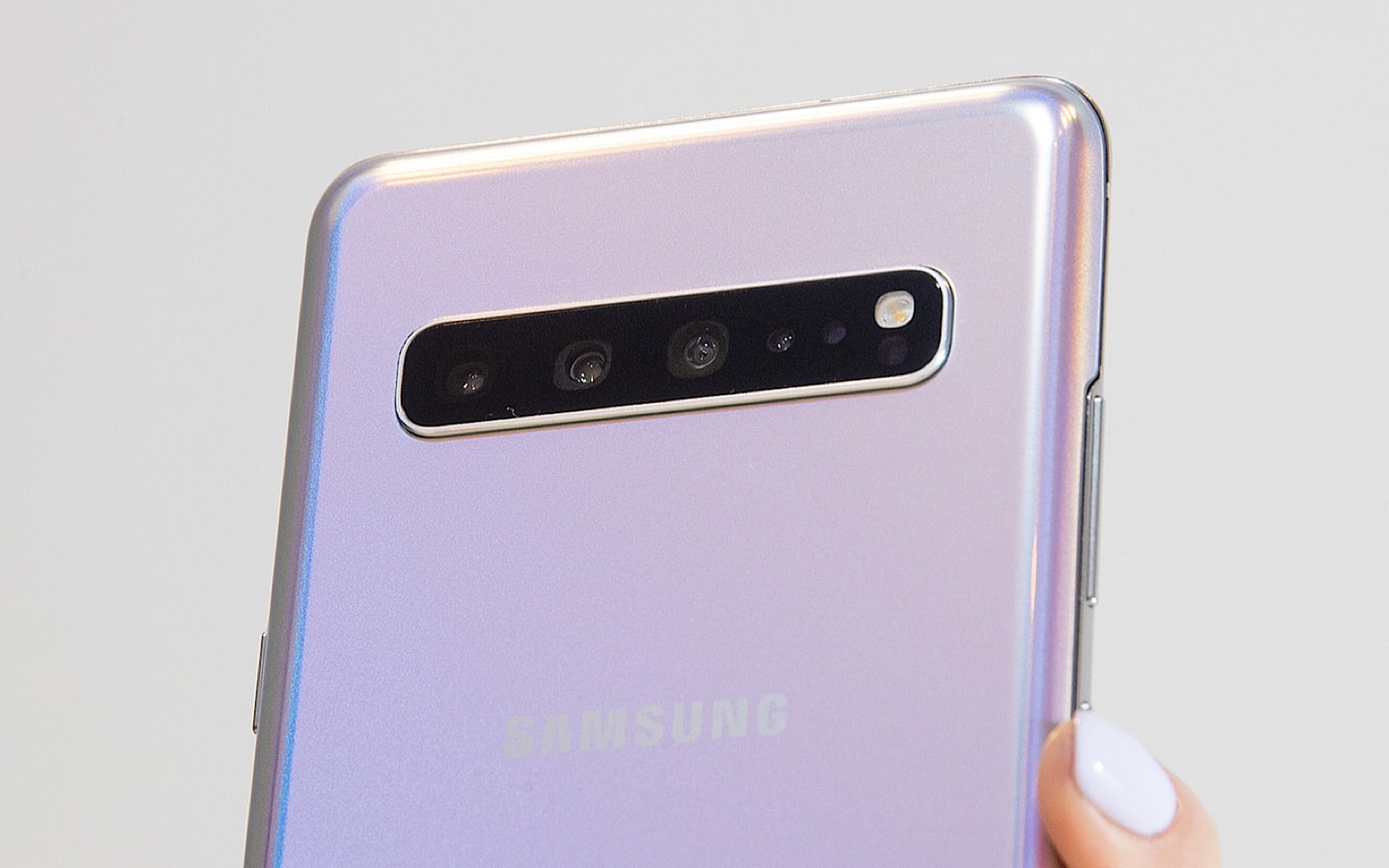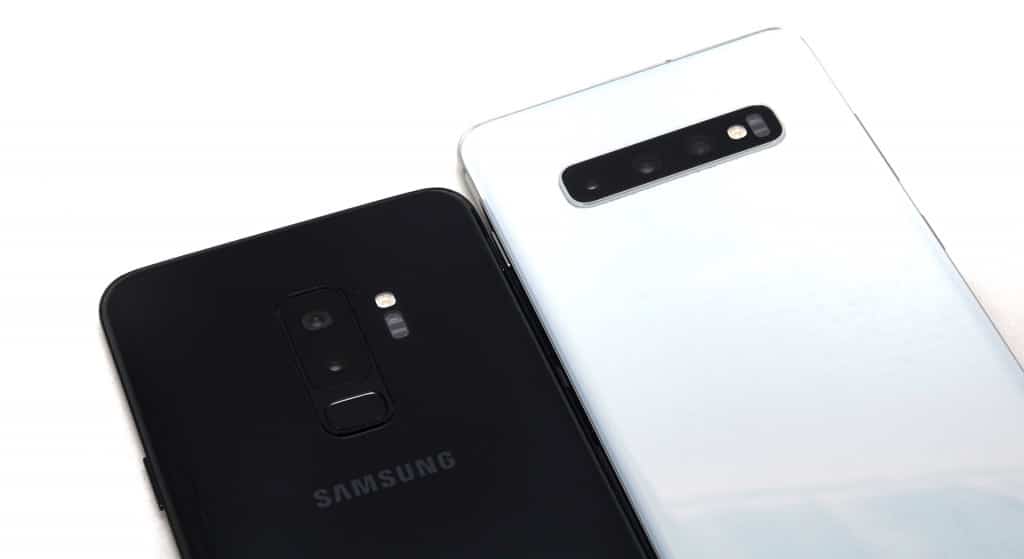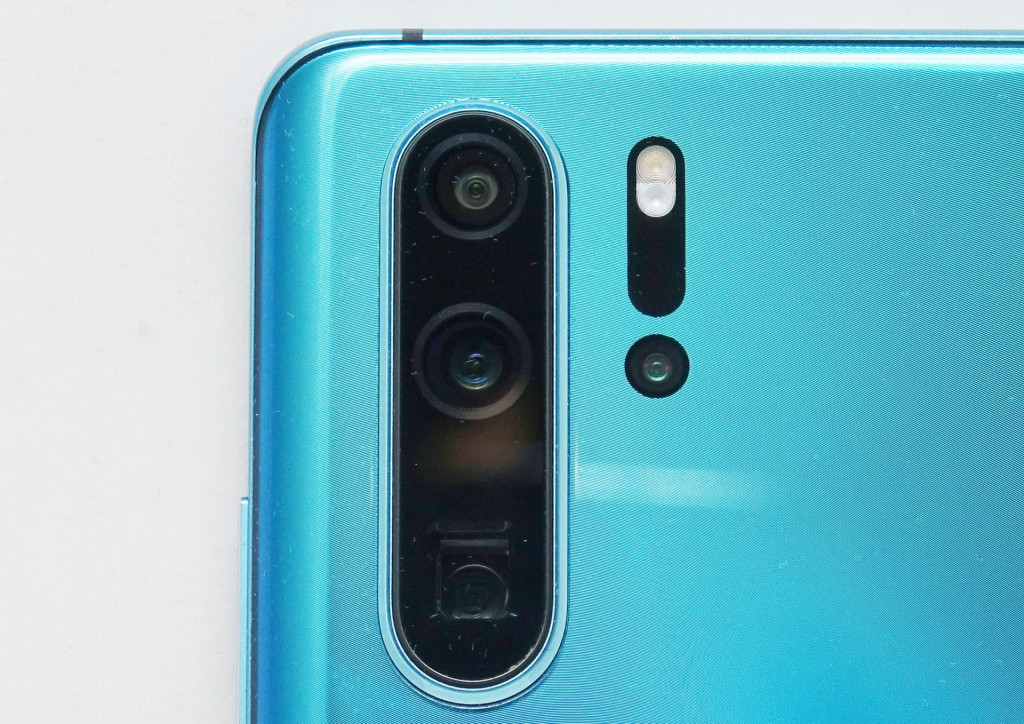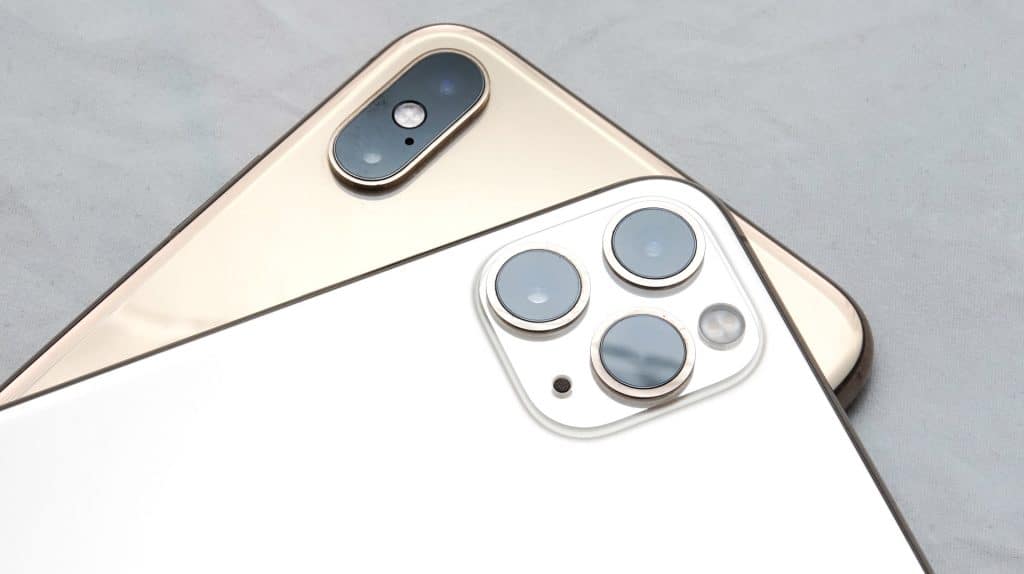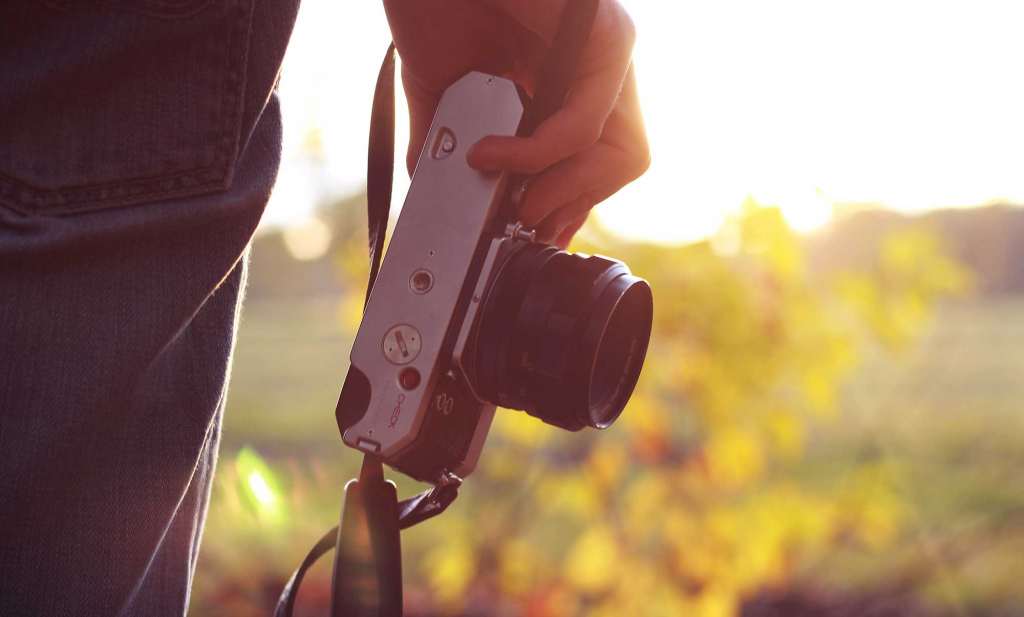As exciting as the S20 launch it, one thing is missed on the jump from the S10 range to the S20, as Samsung ends its curious take on how multi-aperture lenses could work.
Camera technology has changed a lot over the years, and the fact that we now carry a capable camera able to share those high quality images quickly and easily is testament to that. You may still rely on something advanced or with interchangeable lenses, but much of the world is likely regular rocking the camera on their phone as their main squeeze.
That’s made possible from the technology found at the heart of that phone camera, be it a big sensor, extra camera modules, or fantastic algorithms and optics development.
But the landscape is always changing, and even the somewhat impressive developments from a few years ago can seem out of date by the time they move on.
This week, Samsung is moving on from one of its most intriguing ones, as it looks past the variable aperture technology introduced in the Galaxy S9 and returns to fixed aperture lenses.
What was the Samsung variable aperture technology?
A couple of years ago, Samsung had a bright idea: while phone camera technology was improving, what if the main camera lens worked in much the same way as a real camera lens, by shifting the aperture between shallow and something more standard.
It was a solution that meant the Samsung Galaxy S9 camera could behave in a similar capacity to the real camera lenses they were trying to recreate, by shifting between a low F1.5 aperture for soft portraiture shots and low-light, and a slightly higher F2.4 aperture for a little more depth and detail.
The idea was so successful in principle that Samsung kept it going through subsequent generations, and the variable aperture concept stayed in the Galaxy S10 and Note 10 models.
This year, though, it appears to be missing in action, lost from the spec sheets of the Galaxy S20 range, and replaced with single apertures. What’s happened?
Times change, and so does the way we analyse depth
You can’t beat how a lens works — changing its aperture size and letting in various amounts of light — but you can emulate what it’s doing by measuring depth.
Depth measurement is one of the more intriguing aspects of smartphone camera development, and it’s something that can be handled with special depth sensor hardware or with algorithms.
For instance, Google has taken the algorithmic approach in its Pixel smartphones, and has software work out the difference to blur the lines in depth. Other smartphone companies, such as Apple, use a combination of cameras and machine learning to work out the balance in depth, but there’s also a specifically hardware-focused approach in depth sensors.
Time of Flight cameras (ToF) — what Samsung calls a “DepthVision” camera — measure the range between objects to work out the depth, creating a way to understand space, and then developing the results.
Using a Time of Flight system, such as the special depth cameras found in the Huawei P30 Pro, smartphone cameras can emulate what a lens is doing without needing the extra aperture stops.
Why can’t we use a real aperture ring?
Unfortunately, we can’t use a real aperture ring or set of lens elements from a real lens because of size, as that would just be too big for a phone.
Cameras with set apertures, however, are much easier to implement, and when the technology works together to deliver a result, phone manufacturers can bring it together to create a smaller set of components that won’t impact the overall phone size dramatically.
Examples of this might include the periscope-style lenses, which uses mirrors and light shaping to change where the camera actually is in the phone, so as not to make a phone have a large camera protrude from the back.
Making a phone with a large aperture range or an increased zoom range would just increase the size of the cameras needed, and would likely blow out that svelte look we tend to prefer our phones to have.
Is Samsung’s Time of Flight camera going to be better than its variable aperture camera?
The jury is out, though, on whether Samsung’s shift to a depth measurement camera will result in better images, but the quality from other phones with Time of Flight sensors does show serious results.
We’ll have to wait and see whether Samsung’s Galaxy S20 range qualifies as one of the best phone cameras out, but for now, at least we get why the camera change has been made.
But it won’t be the end of camera developments, and while Time of Flight is likely the technology Samsung is betting on now, you can expect more developments as time goes on, pun intended.


